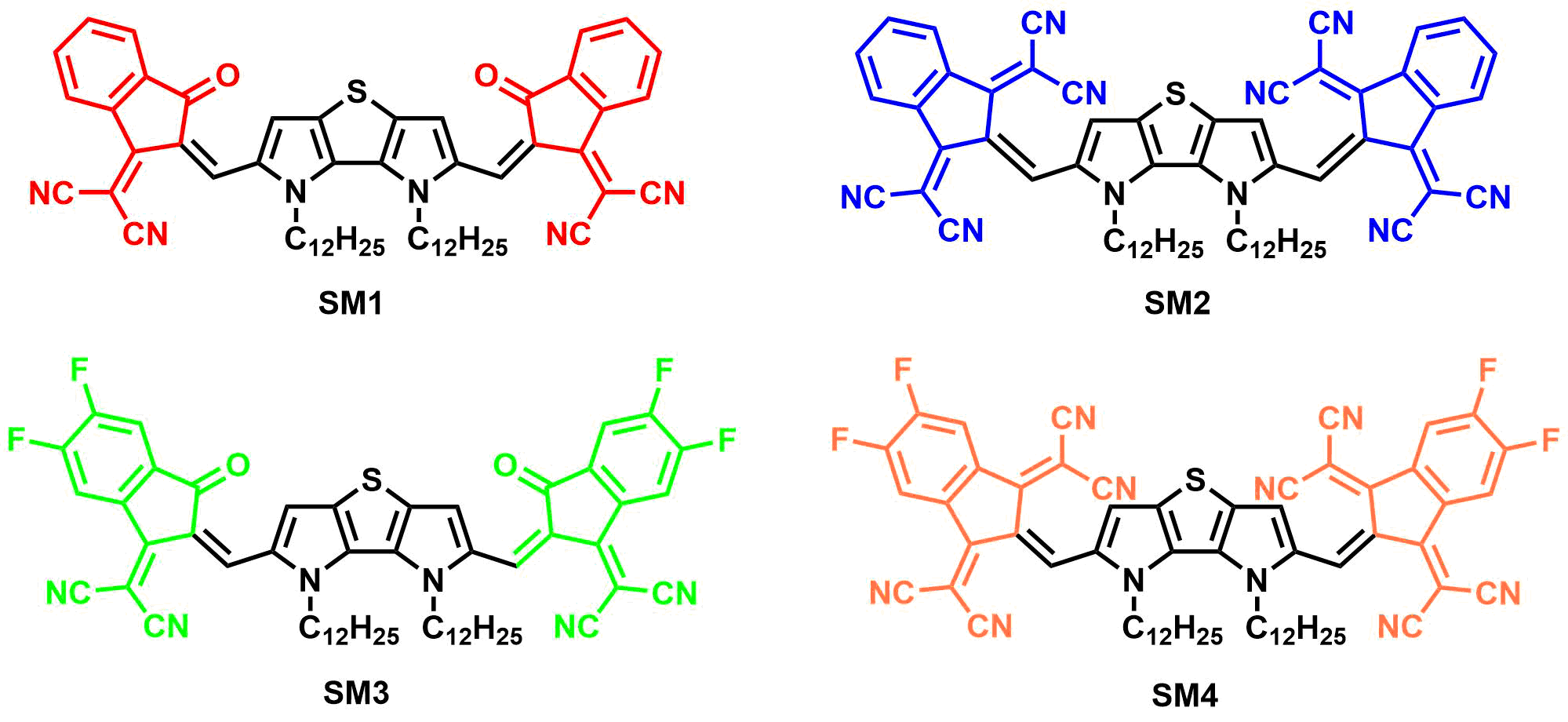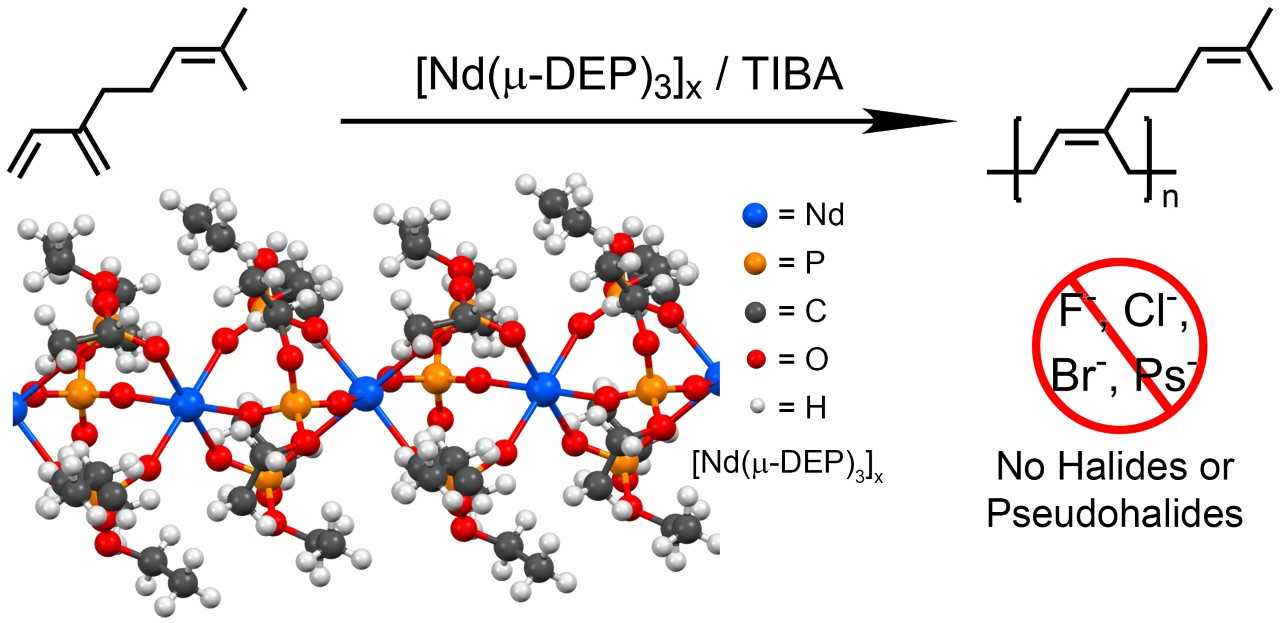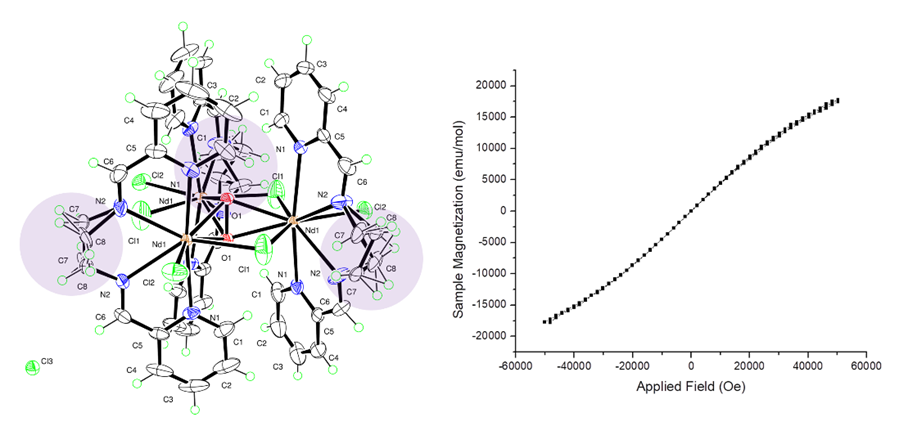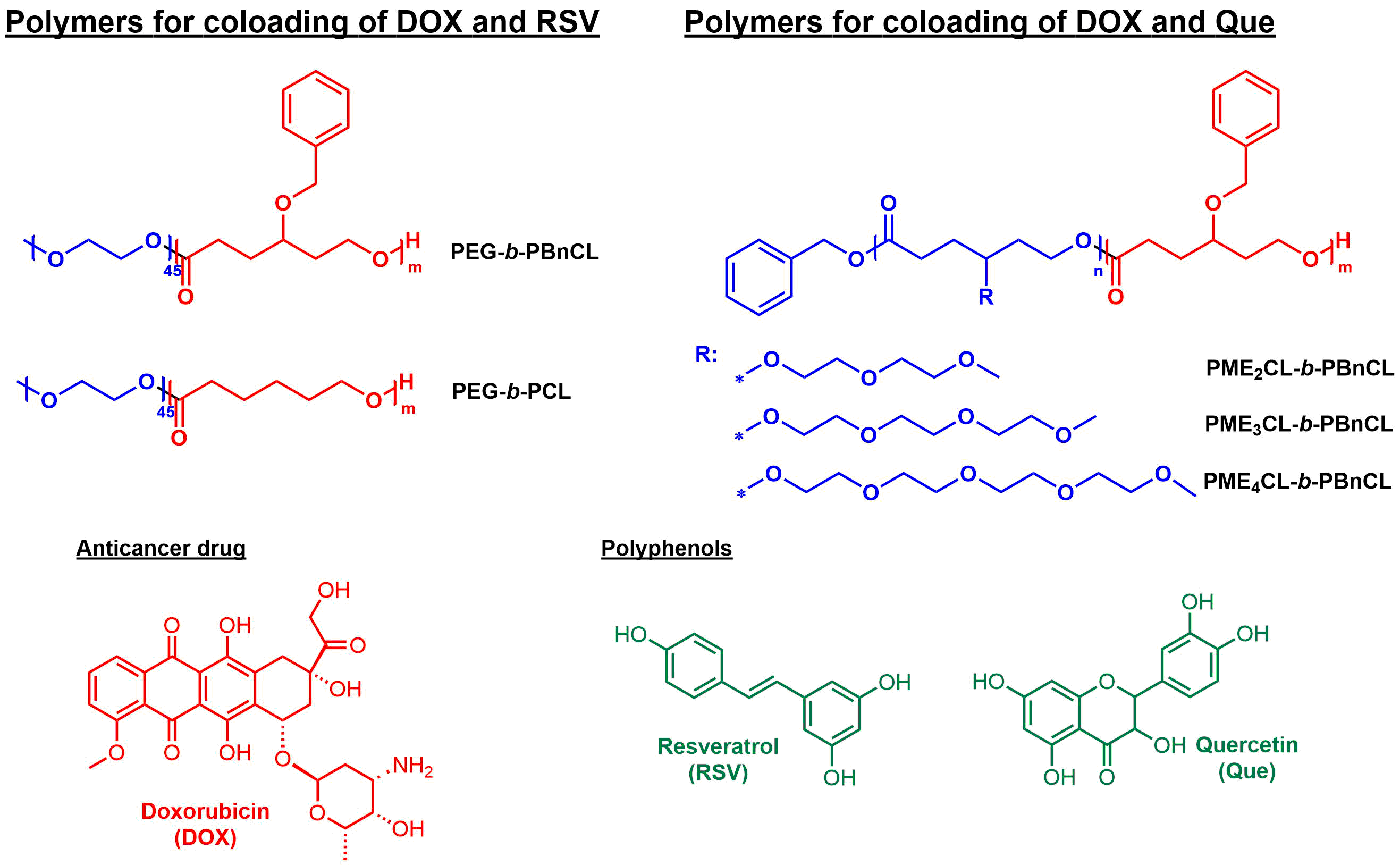Pyrrole based semiconductiong materials
Organic semiconductors are potential candidates for replacing high-cost silicon electronics for low-end applications where high mobilities are not required. Owing to unique advantages such as solution processability, flexibility, lightweight, low cost with countless structural modifications, organic semiconductors can be realized for many applications using high throughput roll-to-roll fabrication techniques. Since efficiencies and mobilities in organic solar cells and transistors have stagnated, it is highly desirable to seek and develop non-conventional building blocks for organic electronics. Due to the pai-electron excessive nature of pyrroles, a single pyrrole unit or fused ring systems can be installed to build semiconducting devices as an electron donor material to tune physicochemical properties such as solubility, different monomers containing alkyl chains could be inserted.
Pyrrole fused ring systems for indoor light harvesting devices


The objective of the proposed research is the synthesis of novel electron acceptor molecules, which are designed with the help of machine learning, for harvesting electricity from indoor lighting. Organic photovoltaic research to date focuses on energy harvesting from the sun, i.e. under one sun conditions outdoors. Recently a lot of excitement arises from the possibility to harvest energy from indoor lighting ror internet of things (IoT), biomedical and other low-level energy applications. Organic materials offer an excellent solution to indoor photovoltaic (IPV) devices because their absorption spectra match well with the emission spectra of indoor white light sources and the degradation is expected to be minimal due to no ultraviolet (UV) components in the indoor lighting. Here we propose to (1) design new organic molecules guided by machine learning to achieve specific properties, (2) synthesize and characterize these molecules, and (3) fabricate and test IPV devices based on these molecules. By bringing together expertise from three drastically different fields, this interdisciplinary collaboration aims to make technological advances that have societal impact
Collaborators
- Dr. Anvar Zakhidov, University of Texas at Dallas
Active Neodymium Catalysts for Polymerization of Dienes and Vinyl Monomers and Ring Polymerization of Cyclic Esters

Ziegler-Natta type catalytic systems have attracted heavy industrial attention for the polymerization of olefins and dienes, yet posing a problem for the polymerization of polar vinyl monomers. A unique solution to the problem is the proposed neodymium based binary catalytic system which encompasses not only the polymerization of polar vinyl monomers but also stereospecific polymerization of dienes with high cis content. This catalytic system is a truly industrially feasible due to the small quantities of the catalyst used for the polymerizations; making the system inexpensive, hence a true replacement for the industrial application of the traditional Ziegler-Natta catalytic systems. The synthesis of systems composed of neodymium trichloride (NdCl3) with different phosphate ligands. The concept is to demonstrate the effect of the ligand environment, around the metal center, on the catalytic activity. The NdCl3-3TEP and NdCl3-3TBP catalysts together with triisobutylaluminum (TIBA) co-catalyst promotes the stereospecific polymerization of dienes, myrcene and isoprene, to generate polymers with >97% cis incorporation with high molecular weights. The systematic variation of the ligands, co-catalysts, Nd/Al ratio, and monomers is expected to generate an improved system which will promote the living stereospecific polymerization of dienes and as well as polar vinyl monomers.

We have found that coordination polymers of lanthanide phosphates can serve as effective catalysts for reaction such as stereospecific diene polymerization while possessing very convenient handling properties, such as high stability, and water solubility. Additionally, the complexes function as Zeigler-Natta catalysts despite lacking any halide, pseudohalide, or comparable functionality and without supplying such functionality with a halide donor, as in 'ternary' catalytic systems. We are synthesizing a testing a number of catalysts of this type and are finding new uses for these structures.

Experiments in lanthanide diimine complexes led to the unexpected finding of a peroxide-templated cluster with interesting magnetic properties. The complex formed due to the use of an azeotropic distillation method for establishing a water-free environment rather than conventional Schlenk technique. This method removes water very well, but still allows exposure to oxygen. This unusual combination of conditions resulted in the rare occurrence of atmospheric oxygen being reduced to a peroxide ion and then templating the assembly of the observed cluster. Furthermore, the solid material was found to exhibit superparamagnetism, most likely due to the distribution of Nd ions in the crystal structure -- tight 3-metal clusters separated from each other by a large distance.
Collaborators:
- Dr. Bing Lv, University of Texas at Dallas
Functional aliphatic polyesters for drug delivery

Novel γ-substituted caprolactone monomers will be synthesized and employed in ring opening polymerization to generate biocompatible aliphatic polyesters. The hydrophilicity, biodegradation, and bioadeshion of the functional aliphatic polyesters will be correlated with their molecular structure. Linear and star amphiphilic block copolymers can self assemble into micelles for delivery of anticancer drug such as doxorubicin (DOX). Histone deacetylase inhibitor conjugates can not only deliver DOX but also release the inhibitor unpon ester cleavage.
Combination loading of Doxorubicin and polyphenols


Polyphenols are an important class of phytochemicals containing more than one phenolic group and are well-known for their antioxidant properties. The combination loading of anticancer drug DOX with polyphenols provides enhanced drug loadig and reduced cardiotoxicity.
Collaborators:
- Dr. Michael Biewer, University of Texas at Dallas
- Dr. Daniel Seigwart, UT Southwestern
- Dr. Bing Lv, University of Texas at Dallas